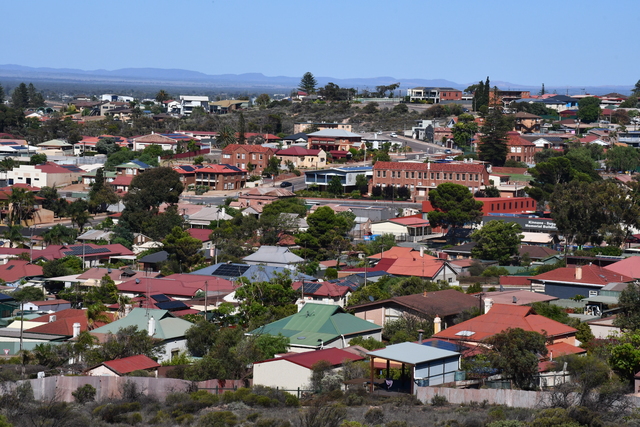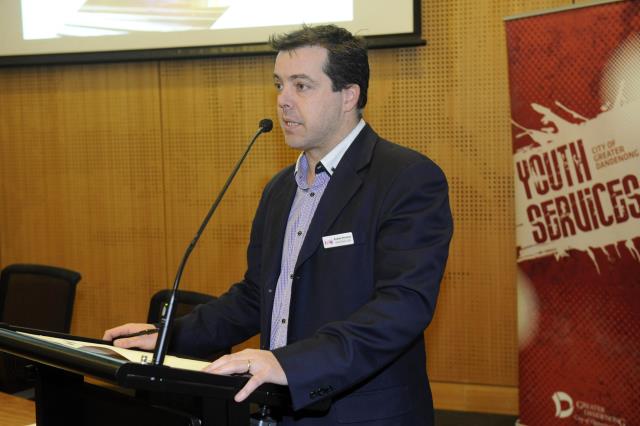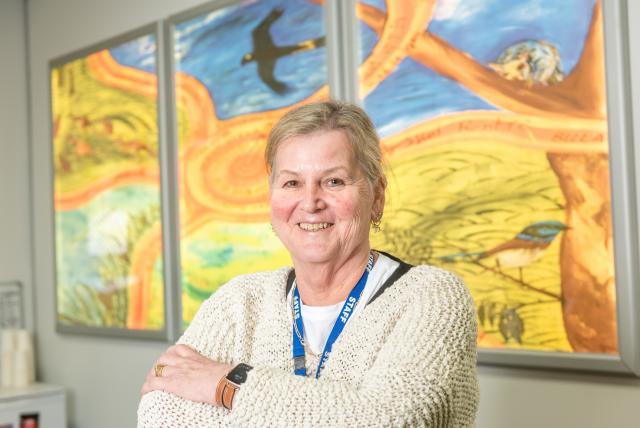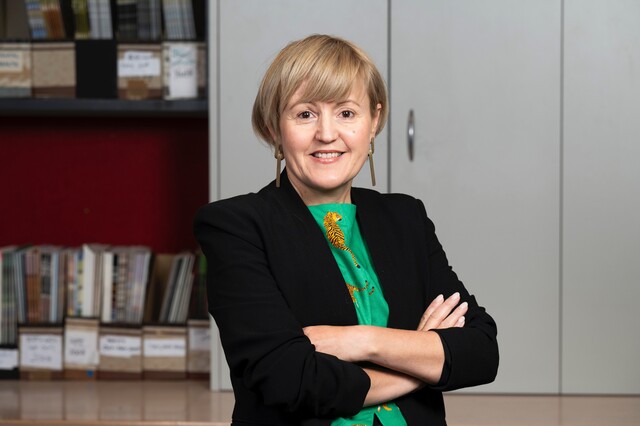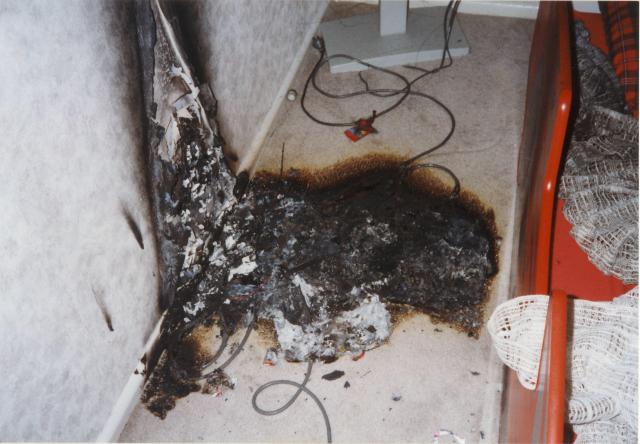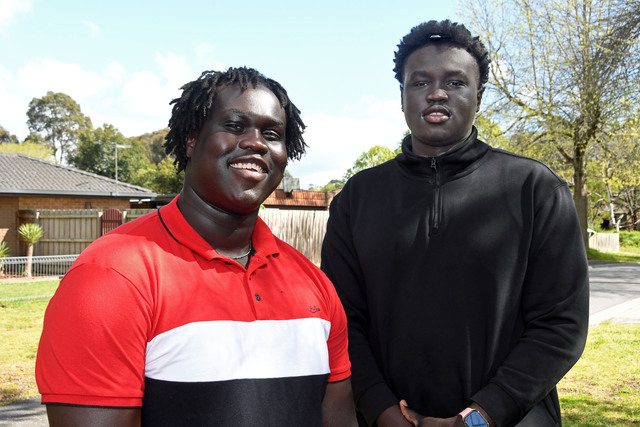As Victoria’s unemployment rate rose to 4.1 per cent in January, a local support service has seen a 20 per cent spike in people requiring help since Christmas last year.
In the City of Casey, Helen Small, the executive manager of Casey North Community Information and Support Services said that the organisation is seeing “a lot more people here than ever before”.
“The number of people we see each day has increased roughly 20 per cent since Christmas, it’s been really noticeable.
“We’ve also seen a big increase in people who are homeless, but not necessarily sleeping rough.
“What you see in Casey is a very hidden homelessness, and compared to the CBD, you see a lot of people sitting on the footpaths, sleeping, not here,” she said.
This rate is a jump from the 4 per cent in the previous month, however, the ABS detailed that employment increased by 44,000 jobs throughout the state, yet the number of officially unemployed people also climbed by 23,000.
While the employment increase is a sign that more people are entering the workforce and actively looking for jobs, homelessness remains a major issue.
The Council to Homeless Persons (CHP) released on Thursday 20 February that there is a need for emphasis on programs for those sleeping rough unless the State Government were to provide funding lifelines in the upcoming budget.
They also added that homelessness in the state rose 24 per cent during the last Census and that in 2021, more than 30,000 Victorians were without a home on the night of said Census.
According to the CHP’s ceo, Deborah Di Natale, the state’s housing crisis “is reaching a crossroads”.
“With political will, we can end homelessness, but a failure to act will cause a human catastrophe.”
The CHP’s plan lays on their 2025/26 State Budget submission which calls for $100.9 million in the next financial year – $421.9 million over four years – to fund Housing First programs that provide housing and support for rough sleepers.
The City of Casey, which has one of the state’s fastest-growing populations, with a population of 392,110 as of 2023, is subject to the same issues.
Financial insecurity is widespread, the rising housing costs and stagnant wages have made it difficult for people, particularly those in low-income or casual work, to find stable employment and housing.
The difference, according to Small, was that while other parts of Victoria, such as the city, may visibly show the effects of homelessness, Casey sees people who are sleeping in parking lots, in their vehicles and in tents at parks.
Overcrowding was another issue she said, where you will often “see people who have a four bedroom home, but with 17 to 18 people inside it”.
“The other more difficult situations are those people living with family violence, so these are the things that we struggle with in Casey that are probably very different in Carlton or Fitzroy.
“Another aspect is the high migrant population who probably are not aware that there is help available, and while many are doing their best, information in languages other than English is not easily accessible,” Small said.
Looking at Cranbourne, the CHP released a profile of the area’s homelessness in 2022, which recorded that there were 240 people without a home.
It further stated that homelessness affected 38 people per 10,000, as compared to the state average of 42 per 10,000 people; this ranked Cranbourne 38th in the state out of 88 electorates.
Recurring with Small’s and the CNCISS’ observations, there were 170 people in severely overcrowded dwellings, and the second highest with 33 people in supported accommodation.
“Housing First programs have demonstrated remarkable success in providing stable, long-term housing for people who were previously sleeping rough,” Di Natale said.
“Victoria’s From Homelessness to a Home (H2H) program had a 95 per cent success rate but was ended in 2024 and replaced with a smaller program.
“What Victoria needs now is for the government to double-down on Housing First programs, rather than scaling back.”
For South East Local Learning and Employment Network, ceo Andrew Simmons said that Casey holds more people in housing stress as compared to other areas.
“This is a measure of the percentage of income that goes into rent or mortgage payments, so statistically, we have a high representation of families or households that are under either mortgage or rental stress.
“That is potentially the result of low-income jobs, but also families that might only have one source of income,” he said.
While Simmons agrees that in the Southeast as a whole, there tends to be more affordable housing, it may not necessarily be more affordable for the younger generation, with multiple barriers that prevent the youth from buying their first homes.
“There’s a really high percentage of people who battle the rental element versus entry-level roles, particularly if you’re only working part-time while studying,” he said.
“But this is the case even if you’re an apprentice, it’s really not an option at all; you’re either living at home or at a shared house, you’re certainly not living on your own.
The CHP’s budget submission also called for an urgent investment in critical homelessness prevention programs, with a call for the state government to invest $37.1 million in the Private Rental Assistance Program and Tenancy Advocacy and Assistance Program.
It was also added that with Victoria’s need for a minimum of 6000 social housing dwellings to be built each year for at least a decade, a $4.9 billion investment in the budget to grow the state’s public and community housing stock is a must.
Di Natale said that “critical services supporting rough sleepers and families with children are at risk of extinction without an urgent funding commitment from the Victorian government”.
“Prevention is always better than cure, unprecedented demand for rental assistance schemes means we need urgent investment to ensure people don’t fall through the cracks into homelessness,” she said.
The City of Casey adopted the Affordable Housing Strategy on 15 December 2020, with a 10-year strategy in place for Social and Affordable Housing in Victoria.
In 2023/2024, a review of the plan saw priorities for 2024 as to scope out emerging opportunities at both state and federal levels for a range of options that Casey could take in affordable housing space.
This was said to be presented to the new and current council for consideration and decision.

